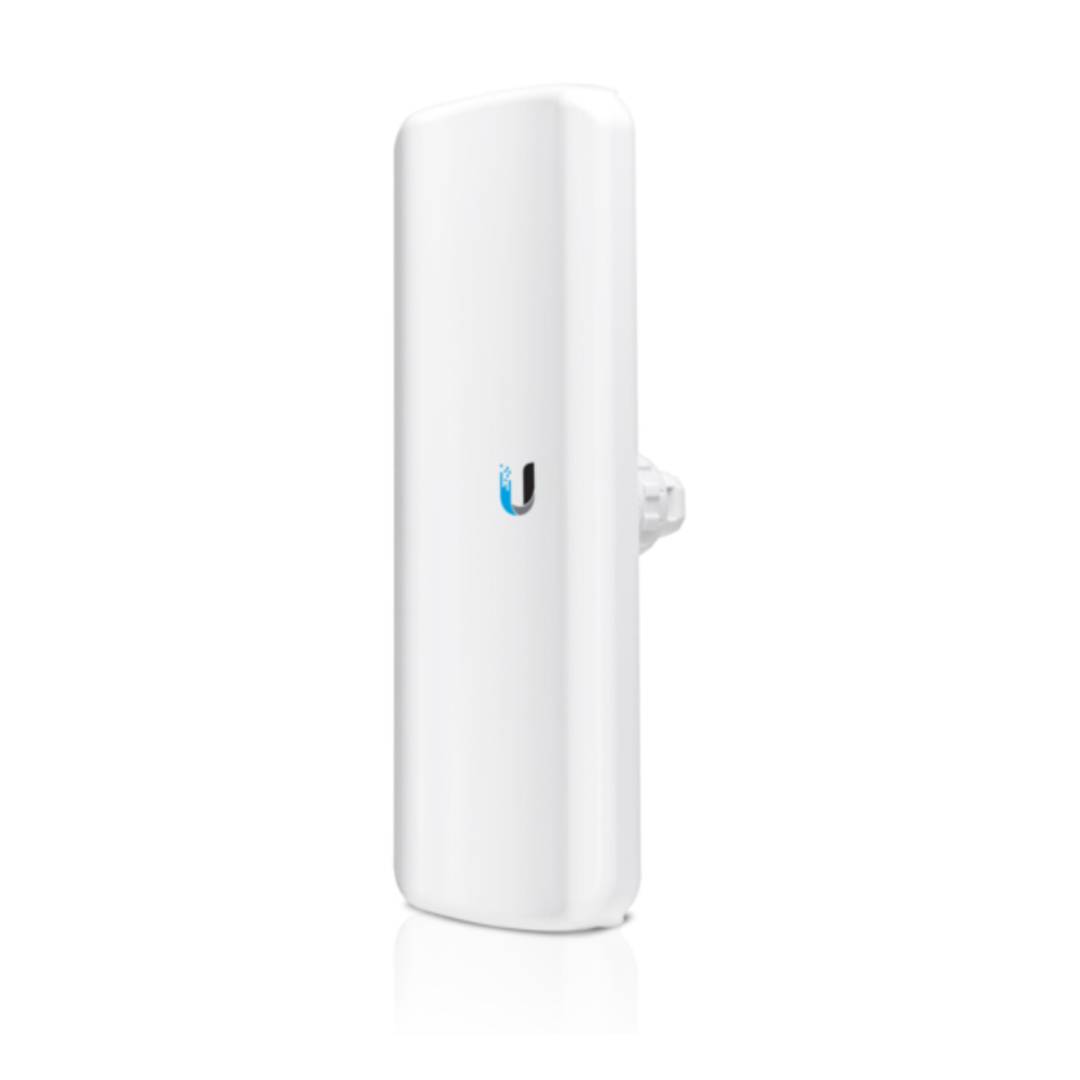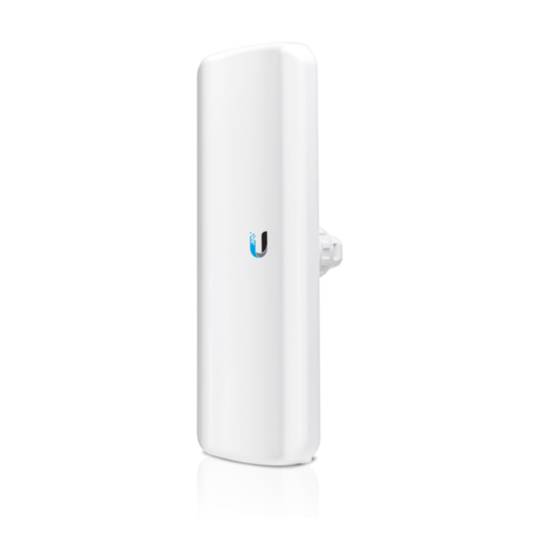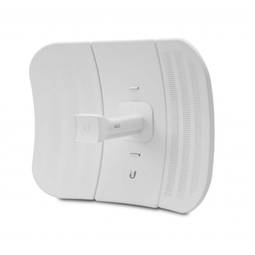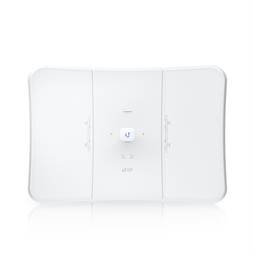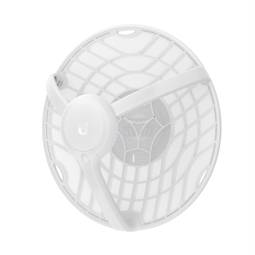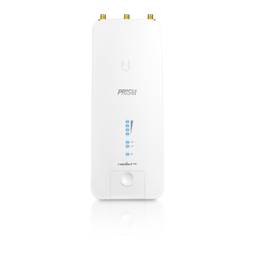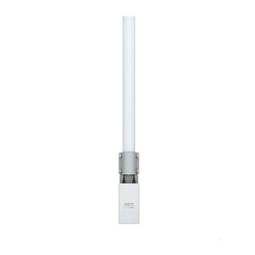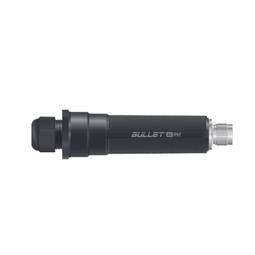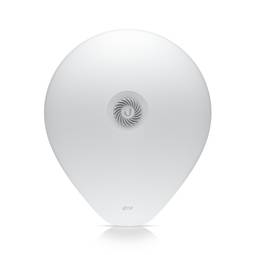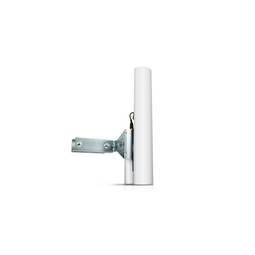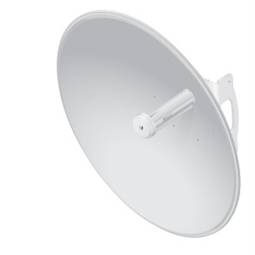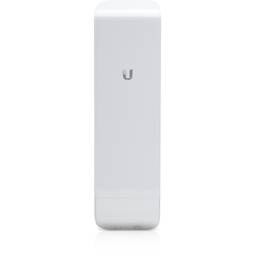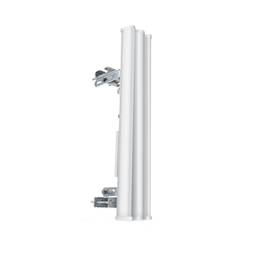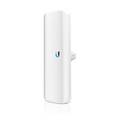12/11/2025 2:28 a.m.
https://cablematic.com/en/products/ubiquiti-airmax-ac-5ghz-17dbi-antenna-with-90o-angle-lap-gps-UI199/
https://cablematic.com/en/products/ubiquiti-airmax-ac-5ghz-17dbi-antenna-with-90o-angle-lap-gps-UI199/
Ubiquiti AirMax AC 5GHz 17dBi antenna with 90º angle LAP-GPS
REF: UI199
Specifications
- Antenna gain (max): 17 dBi
- Band frequency: 5GHz
- Cabling technology: 10/100/1000Base-T(X)
- Antenna type: MIMO directional antenna
- Mounting: Neck
PVP
€93.19
Price including VAT:
€93.19
PVD
€89.60
PVP: Retail price.
Check conditions.
PVP: Sale price to distributors.
Check conditions.
6 business days
The delivery times are approximate and may vary depending on the selected carrier.
warranty
returns
safe
Specifications
- Antenna gain (max): 17 dBi
- Band frequency: 5GHz
- Cabling technology: 10/100/1000Base-T(X)
- Antenna type: MIMO directional antenna
- Mounting: Neck
More info
Directional Ubiquiti antenna with a maximum gain of 17 dBi and a frequency band of 5 GHz. It is equipped with 10/100/1000Base-T(X) cabling technology and is white in colour. Power is AC and PoE, with a maximum consumption of 7.1 W and an input voltage of 24 V. The dimensions are 71.3 mm wide, 124.6 mm deep and 361 mm high. Includes part and AC cables. Manufactured by Ubiquiti with LAP-GPS reference.
Specifications
- Antenna gain (max): 17 dBi
- Band frequency: 5GHz
- Cabling technology: 10/100/1000Base-T(X)
- Antenna type: MIMO directional antenna
- Mounting: Neck
- Product Color: White
- Power: AC, PoE
- Power Consumption (max): 7.1W
- Input voltage: 24V
- Width: 71.3mm
- Depth: 124.6mm
- Height: 361mm
- Quantity per package: 1 pc(s)
- Cables Included: AC
- Ubiquiti manufacturer reference: LAP-GPS
- Uses: High-speed wireless networks for outdoor use.
- Ideal for providing wireless coverage to large areas.
- Compatible with Ubiquiti brand devices.
- Gross Weight: 1.0 kg
- Number of packages: 1
Technical terms
- Hz
- PoE
- dBi
Hz
One hertz is one cycle per second, meaning repeating cycle as an event. For example, hertz is applied physics measuring the number of times for a second wave (either acoustic or electromagnetic) is repeated or can be applied, among other uses, to ocean waves that reach the Beach vibrations per second or a solid. The quantity that measures the frequency hertz is called,in this regard, the inverse of the period. One hertz is an oscillation frequency of suffering a particle over a period of one second.


